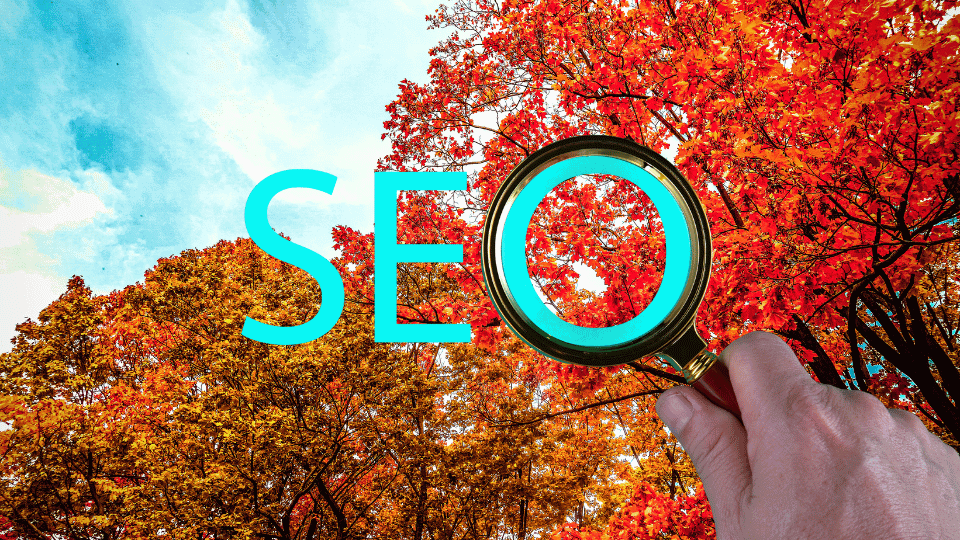There’s no question that the rise of AI is having an impact on traditional search. On one level, it’s displacing search as the front door to the web. On another level, it’s applying competitive pressure to the search world, thus motivating it to innovate and accelerate to degrees never seen in the sector.
This was the topic of a talk at Street Fight Live, including quantitative analysis of the current search landscape, and strategies for businesses to navigate it. According to Yext VP of strategic partnerships, Brooke Henderson, this involves both SEO fundamentals and newer tactics for the age of AI search.
Starting at the top, one baseline truth that we’re all dealing with as AI search takes shape, is that it’s an increasingly fragmented world. This phenomenon goes beyond AI as it collides with parallel trends such as the Gen-Z penchant to sidestep Google and use TikTok as a search engine – even for local search.
The effects are seen both anecdotally in Henderson’s psychographically-diverse family, and in Yext’s extensive data. In fact, the company released a report last week that details how all this fragmentation is causing the consumer path-to-purchase to be longer and more convoluted than ever.
Savvy & Effective
Bringing more complexity to the equation, it’s not just about alternative front doors to the web, but also how fast these tools are evolving. As they continue to do so, AI will transform search behavior, causing consumers to be more savvy and effective than they’ve ever been in finding digital information.
At the same time, AI is getting better to the extent that users don’t have to actively do as much. That brings us to agentic AI and its ability to conduct complex and multi-part tasks given a specific user goal (e.g., “research stereo receivers and produce a comparative list of prices and features”).
This took a big step forward recently with OpenAI’s integration of shopping functions in ChatGPT. This could transform the way that consumers shop. It will do this by upending the current search paradigm – several individual Google searches that a given user will conduct to research and buy a given product.
Similarly, another key element is enhanced memory, says Henderson. Rather than individual searches done in isolation (with some degree of personalization for signed-in Google users), AI search will modify results given past behavior and preferences. It will remember that you own a dog… that sort of thing.
Lastly, another level is the AI-centric evolution of the web browser. If AI functionality is baked into the browser, it will be more natively integrated into everything you do online. Several big players are moving in this direction, including Perplexity, OpenAI, and, of course, Google. Welcome to the AI browser wars.

7 Habits
So what can businesses do to position themselves for the new era of AI search? Henderson breaks it down for us with seven strategies.
1. Structure your data like your visibility depends on it –because it does. The AI engines rely on structured, machine-readable content to build their AI answers. Use schema markup to tag your content, tie it to a knowledge graph, and keep it current. If your brand’s core facts aren’t easy for AI to interpret, you won’t make the cut.
2. Double down on original helpful content: AI experiences are designed to reward content that’s valuable, people-first, and tailored to deeper, more specific queries. Don’t just summarize what others say — offer something unique that satisfies user intent.
3. Keep your local data clean and current: Especially for queries with location intent, like “laptop-friendly cafe near me,” these new experiences are pulling heavily from local profiles and citations, structured reviews, and verified local data. Keep data accurate, reviews fresh, and content tied to trusted sources.
4. Make sure your content is accessible and fast: Even great content can underperform if the page is slow, cluttered, or hard to navigate. Check that your site works well across devices, loads quickly, and clearly highlights the main content. Page experience still matters in both classic and AI search.
5. Measure where you’re showing up — not just where you rank: Classic SEO tools won’t tell you how often you appear in AI search. Instead, you need to see where your data is actually surfacing across Google, ChatGPT, Perplexity, all the new models — and beyond.
6. Unify your strategy across traditional and AI search: Non-linear journeys are the new norm. Customers could find you via a link, a local pack, an AI answer, a social post, or a third-party app. Don’t silo your optimization efforts — align teams across local, content, SEO, and brand to deliver consistent and structured data everywhere.
7. Think beyond traffic: Focus on outcomes. AI results compress the funnel. If customers are converting directly from a result — calling, navigating, booking — that’s visibility doing its job. Track those signals, not just clicks.
Tactical Imperative
To support and contextualize all the above, SFL venue host and thought leader Kelly Thomas Nojaim said it best. The RVP of Corporate Sales at Microsoft Advertising sat next to us for Henderson’s talk. What struck her most was the tactical imperative to align one’s digital presence with natural language.
“In this era, being found means being built for dialogue—across voice, chat, and visual modalities,” she said. “For local businesses, success now depends on evolving web and search strategies to speak in natural language, leverage AI‑friendly content formats, and ensure visibility in the new AI‑mediated consumer journey.”



